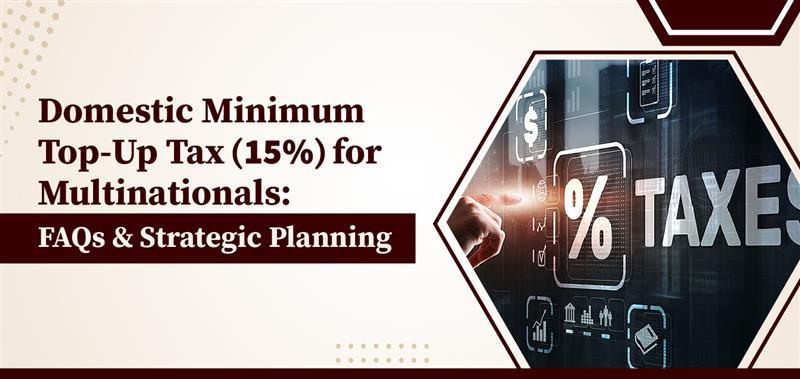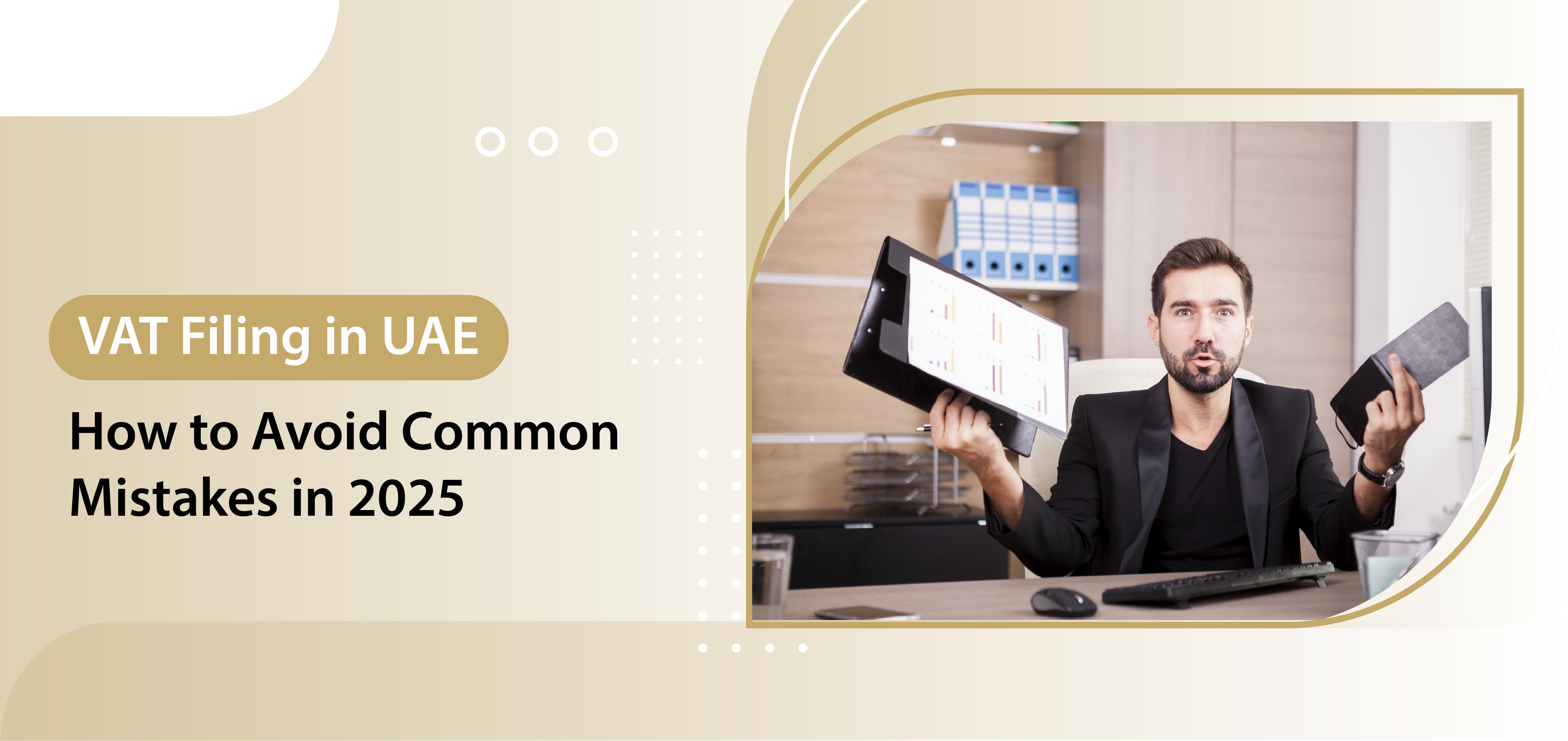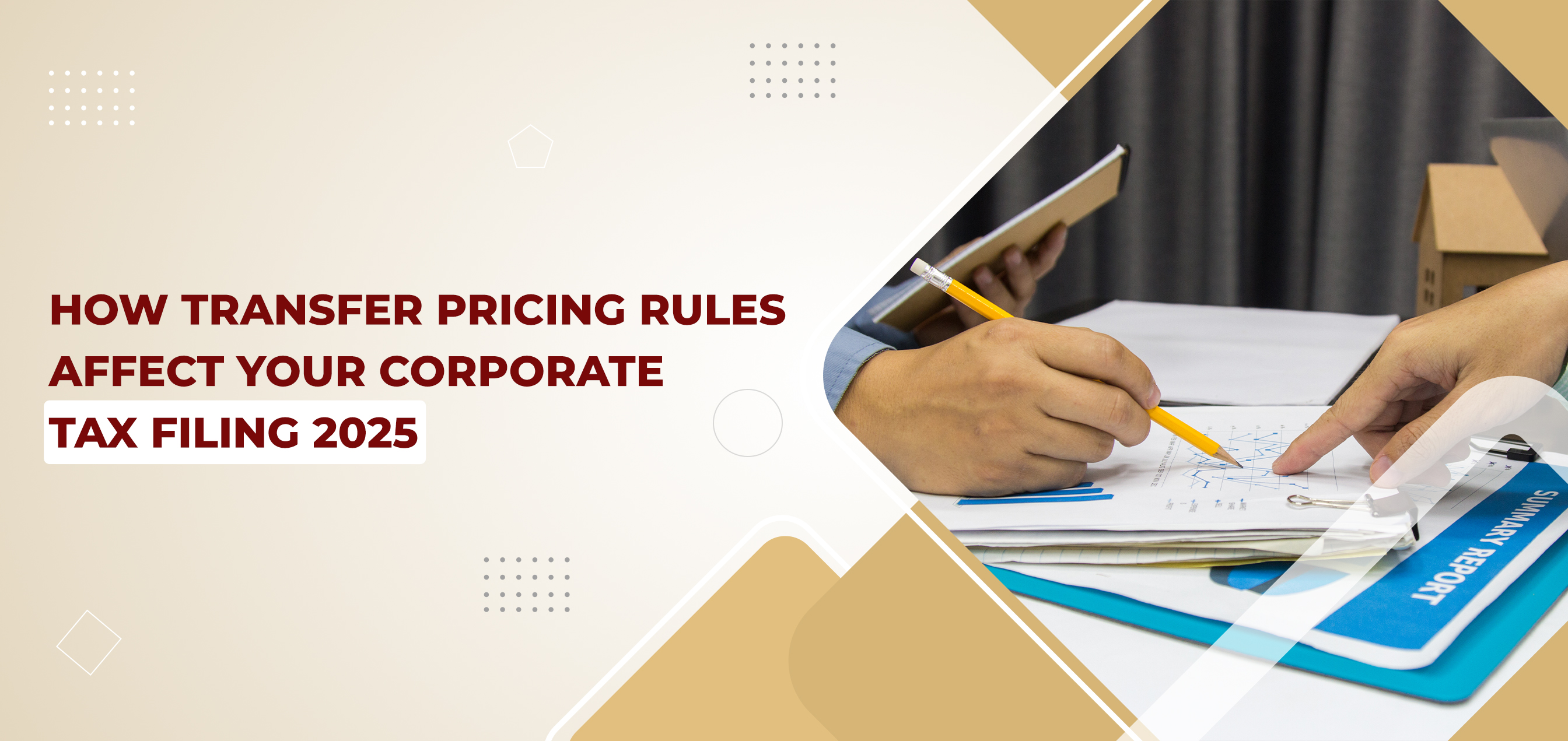
11 Aug 2025
The UAE is implementing a 15% Domestic Minimum Top-Up Tax (DMTT) on large multinational groups (MNEs) in line with global tax reform and the OECD Pillar Two proposal. This decision will apply starting from January 1, 2025.
At the same time, the UAE Ministry of Finance is preparing to launch new research and development (R&D) and high-value employment incentives to strengthen the country's competitive edge. In this blog, we break down everything you need to know in simple language to help you navigate these upcoming changes.
What Is the Domestic Minimum Top Up Tax (DMTT)?
The DMTT is a UAE corporate tax mechanism that ensures MNEs with high international revenues pay a minimum effective tax rate of 15% on their income in the UAE. It showcases the UAE's commitment to transparency, equity, and cooperation on a worldwide scale.
Key highlights:
• Applies to: MNEs with consolidated global revenue of €750 million or more in at least two of the past four financial years.
• Implements: The OECD's Pillar Two global minimum tax rules.
• Top-Up Tax: If the MNE's effective tax rate (ETR) in the UAE is below 15%, a "top-up " will apply to bring it up to the minimum.
.
What Ministerial Decision No. 88 Means for You
Ministerial Decision No. (88) of 2025 plays a critical role in the implementation of the DMTT. This decision formally adopts the OECD’s consolidated commentary and agreed administrative guidance for applying the DMTT under Cabinet Decision No. (142) of 2024. These include detailed guidelines on tax calculation, safe harbors, information returns, and transitional rules.
The decision makes it clear that the UAE will follow globally recognized procedures and interpretations, providing legal certainty and predictability to businesses operating in the country.
Imposition of Top-up Tax on Multinational Enterprise
As per Cabinet Decision No. 142 of 2024, the following applies:
• MNEs with €750m+ in global revenue, even if their UAE operations are smaller in scope.
• UAE-based subsidiaries and branches that form part of a larger multinational group.
• Businesses operating in free zones that are part of a qualifying MNE group.
Note: Local businesses or MNEs below the €750 million threshold are not subject to the DMTT.
How Does the 15% Top Up Tax Work?
Understanding how the DMTT applies to you can allow you to prepare ahead of time:
1. Calculate your ETR (effective tax rate) on UAE-derived income.
2. If your ETR is less than 15%, a top-up tax will be applied to make up the shortfall.
3. If the ETR is already at 15% or higher, nothing needs to be done.
4. You have to submit a DMTT report every year to the UAE Ministry of Finance.
Important Dates to Note
The Ministry has provided a clear timeline:
• Implementation Date: January 1, 2025
• Applicable Periods: Financial years beginning on or after the date hereabove mentioned
• First Filings: Due in 2026 or 2027, depending upon the fiscal year-end of the entity
Why Is the UAE Implementing the DMTT?
This step is part of a broader initiative to promote tax equity globally and maintain the UAE as a leading hub in transparency. It aims to:
• Conform to international standards set by the OECD.
• Prevent profit shifting and base erosion practices.
• Level the playing field between tax jurisdictions.
With Ministerial Decision No. 88 of 2025 now in effect, the UAE has embedded international guidance into local law, giving clarity to MNEs on how DMTT will be administered.
Strategic Planning for Businesses
Applying DMTT is not merely a matter of understanding the rules, but also of adopting a holistic approach. Here's what you should be doing now:
Review Your Group's Effective Tax Rate (ETR)
• Evaluate how UAE income is taxed at the group level.
• Identify gaps between the ETR and the 15% minimum.
• Revisit tax planning strategies to reduce top-up exposure.
Update Internal Financial Systems
• Integrate tax data collection into your existing ERP or finance systems.
• Prepare for detailed DMTT reporting and audit trail requirements.
Monitor Ministry of Finance Guidance
• The Ministry provides regular FAQs and clarifications.
• Stay informed through mof.gov.ae for updates on compliance obligations.
R&D and High Value Employment Incentives
The UAE government is balancing new tax costs with targeted incentives to promote innovation and job creation:
1. R&D Tax Incentives (2025–26)
Tax credits or deductions for organizations investing in research and development.
Anticipated to focus on technology, sustainability, and healthcare innovation.
2. Incentives for High Value Employment
Deductions for the recruitment and retention of highly skilled professionals.
Encourages MNEs to place regional headquarters and expert teams in the UAE.
These steps can counteract the impact of the DMTT and encourage long-term investment in the UAE economy.
FAQs: DMTT in the UAE
Q1: Who must pay the DMTT?
MNEs with yearly revenues of €750 million or more. Local subsidiaries of these MNEs in the UAE are included.
Q2: What qualifies as a top-up tax?
If your UAE operations are taxed at less than 15%, the government adds a tax charge to meet the required minimum.
Q3: Are free zone entities affected?
Yes, if they are part of a large MNE group. However, certain qualifying free zone benefits may still apply depending on activity.
Q4: What's the advantage of R&D and employment incentives?
R&D and employment incentives can reduce your taxable income or provide credits, thereby mitigating your DMTT exposure.
Q5: Where can I find official updates?
Visit the UAE Ministry of Finance's official portal for legislation, FAQs, and compliance tools.
Prepare for DMTT with Strategy and Clarity
As the UAE's Domestic Minimum Top-Up Tax (DMTT) comes into force under Federal Decree-Law No. 60 of 2023, it marks a fundamental shift in how multinationals address tax in the region. However, it also presents new strategic opportunities—from innovation-driven incentives to sustainable hiring models.
To stay ahead, multinationals should:
• Assess current ETR exposure
• Streamline internal financial processes
• Leverage upcoming incentives to their advantage
Stay compliant with the UAE Ministry of Finance rules
The combination of global tax alignment and smart policy incentives makes the UAE not only compliant but also competitive.
Stay Ahead of DMTT with AMCA's Expert Guidance
Reach out to AMCA's expert advisory team for tailored support on tax planning, compliance, and incentive strategy in the UAE. We work closely with multinational clients to turn tax complexity into a strategic advantage.




.jpg)